Cart

Pediatric Epinepherine Dosing
What is Epinephrine?
Epinephrine also know as “adrenaline.” Adrenaline is a hormone secreted mainly by the medulla of the adrenal glands and that functions primarily to increase cardiac output and to raise glucose levels in the blood. Epinephrine is part of your sympathetic nervous system, which is part of your body’s emergency response system to danger — the “fight-or-flight” response. Medically, the flight-or-flight response is known as the acute stress response.
For this reason, it’s also a primary medication for non-perfusing cardiac arrest in pediatric patients. One common effect of epinephrine is reversing low blood pressure. Epinepherine causes direct myocardial stimulation that increases the strength of ventricular contraction (positive inotropic action), an increased heart rate (positive chronotropic action), and peripheral vasoconstriction.
What are the Indications for Epinephrine?
Recall that Epinephrine increases your blood pressure in cardiac arrest pediatric patients, symptomatic bradycardia and for the treatment of severe hypotension.
Intravenous Epinephrine is used in cardiac arrest arrhythmias
- Ventricular Fibrillation (V-fib)
- Pulseless Ventricular Tachycardia (V-tach)
- Asystole
- Pulseless Electrical Activity (PEA)
Nebulized Epinephrine can be administered for the treatment of croup and other upper airway obstructions. And it’s also an effective treatment for anaphylactic reactions.
Epinephrine Contraindications
Epinephrine has a few precautions and contraindications that we should note.
Overdosage of epinephrine may produce extremely elevated arterial pressure, which may result in cerebrovascular hemorrhage, myocardial infarction due to extremely high heart rate
Pediatric Dosage of Epinephrine
The two available concentrations are 1:1000 and 1:10,000. And for cardiac arrest in pediatric patients, you should use the 1:10,000 concentration at 0.01mg/kg and it should be administered via the IV or IO route.
This dose can be repeated every 3 to 5 minutes. And make sure to follow the epinephrine dose with a bolus of 20cc of normal saline to flush the line and get the drug into the central circulatory system more appropriately, thus increasing its effectiveness.
If you encounter a situation where there is no IV or IO access, epinephrine may be delivered via the endotracheal route with a dose of .1mg/kg of the 1:1000 concentration. But remember, that concentration is only for an ET delivery.
Pediatric Epinepherine Dose Reference
- 0.01 mg/kg IV or IO given as 0.1 mL/kg using the 0.1 mg/mL solution up to 1 mg per dose
- Repeat every 3 to 5 minutes as needed; not compatible with sodium bicarbonate
- Only if IV and IO are not available, may give endotracheal (ET) 0.1 mg/kg as 0.1 mL/kg using the 1 mg/mL solution up to 2.5 mg per dose diluted to 3 to 5 mL with saline; repeat every 3 to 5 minutes as needed (IV or IO are preferred)

